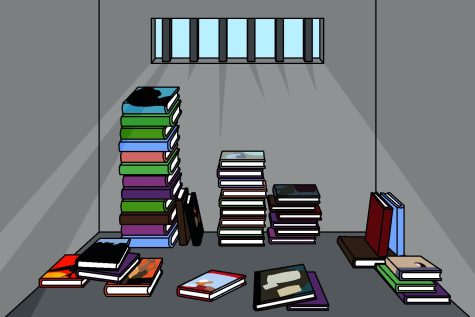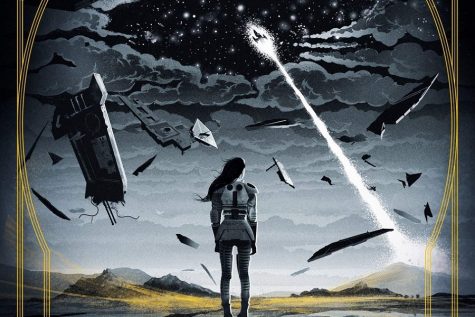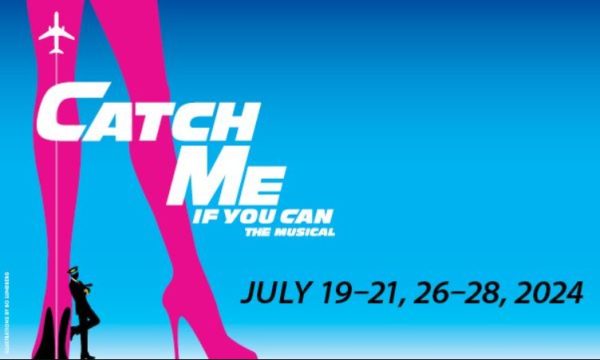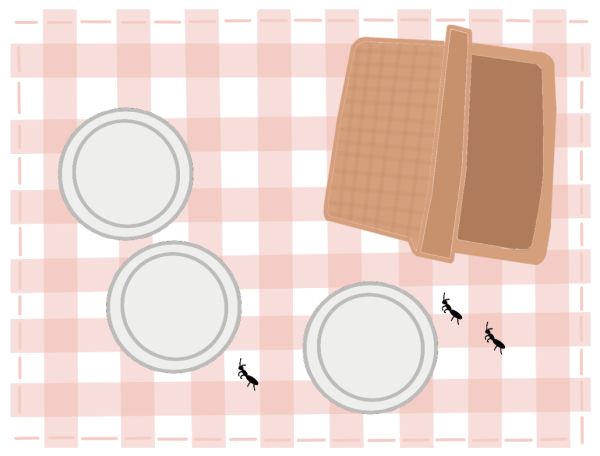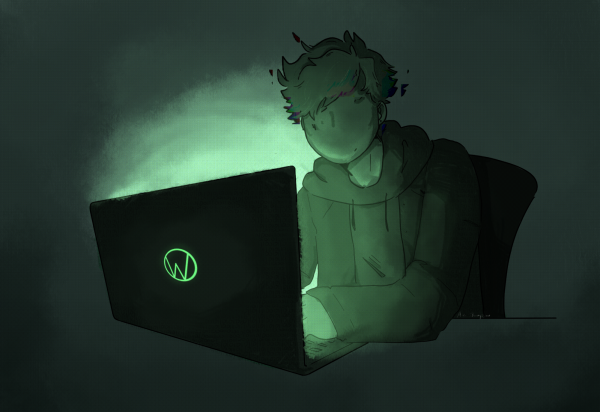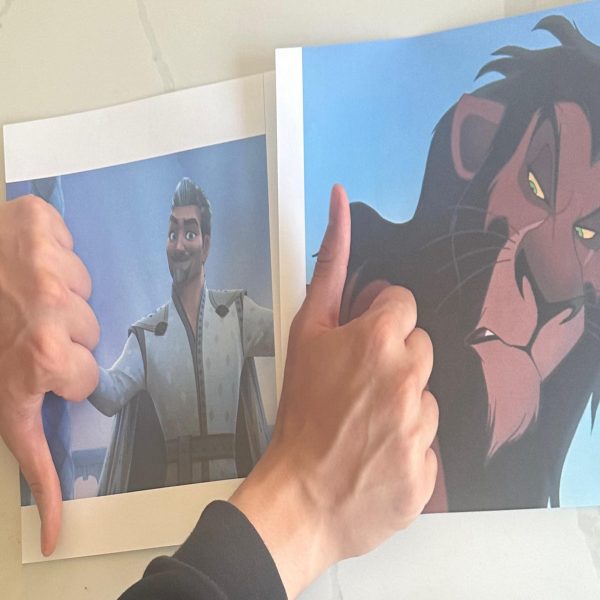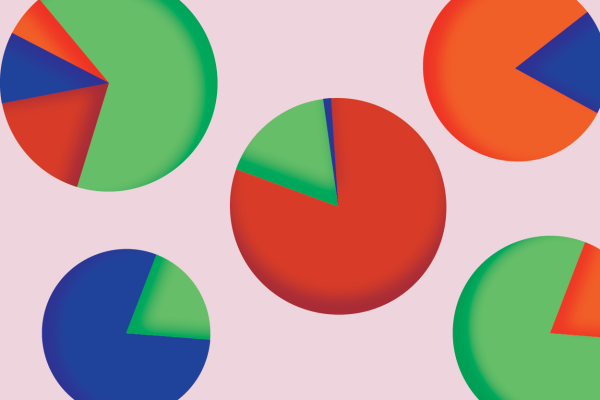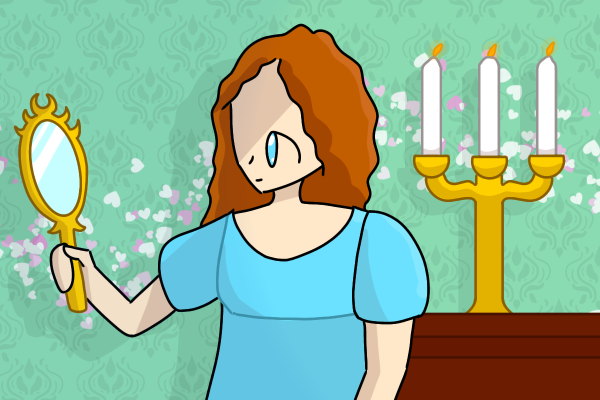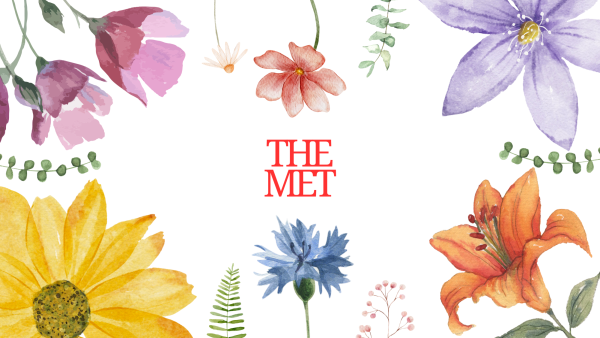“The Secret History”: a review
A cacophony of unlikeable characters and droning monologues with a dash of beautiful imagery, “The Secret History” proves itself to be a modern classic.
A pretentious satire told from the point of view of an unreliable narrator and his eccentric, clever peers, the first published novel by Donna Tartt “The Secret History” presents itself as a contemporary mystery-thriller dubbed a “modern classic” by critics and common readers alike, with Tartt sitting comfortably on the pantheon of great American authors.
All in all, the book deserves a ⅗ star rating
— Jules Keranen
Yet what exactly is it about this novel that made people praise it so highly?
Rumored to be a fictionalized version of Donna Tartt’s own time attending a small Vermont college where the arts are valued more than a high-grade point average, the novel begins with the murder of Bunny Corcoran before immediately jumping to months prior, where Richard Papen, the narrator, begins to recount the events leading up to and following the murder.
The isolated college the characters all attend creates a disconnect from reality right off the bat. This is their own private world that only becomes more exclusive as Richard joins the Greek Class, moving up from an admirer to a participator in their on-goings.
And together, under the influence of their hare-brained, awe-inspiring professor Julian, they form a cult-like relationship that lures Richard into a sense of camaraderie and friendship as he is welcomed with hesitant but open arms.
— Jules Keranen
Through his initiation into the class, the audience gets Richard’s depictions of the rest of the main characters in stunning excerpts that deftly paint a vibrant picture in the imagination of the reader. By the end of the short introductions, we feel as though we know all the characters and their basic archetypes: Henry Winter is the austere, brooding, highly intelligent yet narrow-minded ‘mind behind the murder’, Bunny Corcoran is the joking, rosy-cheeked, entitled little bastard that causes all the problems, Camilla and Charles MacCaulay are the inseparable, angelic, alluded-to-being-incestuous twins that can only be described as ethereal, and Francis Abernathy, the angular, queer, alluring and anxious chain-smoker of the bunch. And together, under the influence of their hare-brained, awe-inspiring professor Julian, they form a cult-like relationship that lures Richard into a sense of camaraderie and friendship as he is welcomed with hesitant but open arms.
Overall, the premise of the book is interesting and going into it with the knowledge that it’s meant to be read as a satire makes the book much more enjoyable as this strange, beautiful world of literature, pretty scenery and cigarettes and copious amounts of cocaine draw the reader in so easily you almost forget you’re not supposed to take this seriously.
Tartt’s writing is well-done, especially for a debut novel told from the point of view of an unreliable narrator, and aspects of her writing such as her descriptions and character interactions make the book ‘pretty’ to read. She also incorporates funny little elements that bring the reader back to reality as if to say– “Hey! Remember this is satire!”. Such moments are like when Henry Winter is revealed to not know about the moon landings or the fact that he chose to not take the SATs as they didn’t suit his aesthetic.
But there are several parts of the novel that just feel unnecessary.
It’s no secret that Tartt uses racial and homophobic slurs often in her books and “The Secret History” does not escape the use of either.
Bunny is a horrible person, he’s the obnoxious and irresponsible friend that drinks too much and gets on everyone’s nerves with his unabashed discrimination toward any marginalized group. He’s a bad boyfriend and takes advantage of his friends, yet they still put up with him until Henry finally plans his murder after Bunny discovers the secret ritual the Greek Class did where they accidentally killed a local farmer.
And yet Tartt feels the need to have Bunny use homophobic slurs to further prove he’s a bad person. Using it once, maybe, could’ve been passed off as for the sake of literature but several times throughout the book Bunny goes on rants about how much he hates queer folk and it begins to feel less of part of his character and more of Donna Tartt’s own internal monologue. Even with Tartt’s sexuality being ambiguous and her book’s protagonist’s being predominantly queercoded or openly gay, it’s impossible to excuse the use of a historically homophobic slur written by a cisgender, heterosexual woman.
Alongside this, there are pages in the book where Donna Tartt has these irrelevant characters go on a talk show and just spew hatred for Arab people as well as use the n-word twice. This entire section of the book could’ve been cut out and it would’ve made next to zero change to the plot. It was just a disgusting and racist display that held no value and only succeeded in being ignored by readers who wish to hold “The Secret History” on a pedestal it does not deserve.
The book itself is also very long, meandering along with a sort of lazy leisure that at many points is so incredibly boring to read that readers might find themselves skimming through sentences, awaiting a plot twist to spark new interest.
All in all, the book deserves a ⅗ star rating as it holds up and is entertaining at points to read, with an artistic (and sometimes monotonous) writing style, but fails to make any of the characters terribly likable outside of their aesthetic appeal paired with altogether too many scenes that contributed nothing to the plot.
Your donation will support the student journalists of West High School. Your contribution will allow us to purchase Scholarship Yearbooks, newsroom equipment and cover our annual website hosting costs.

(they/them) Jules is a senior and this is their second year on the West Side Story. They are the entertainment editor for the online publication. After...



